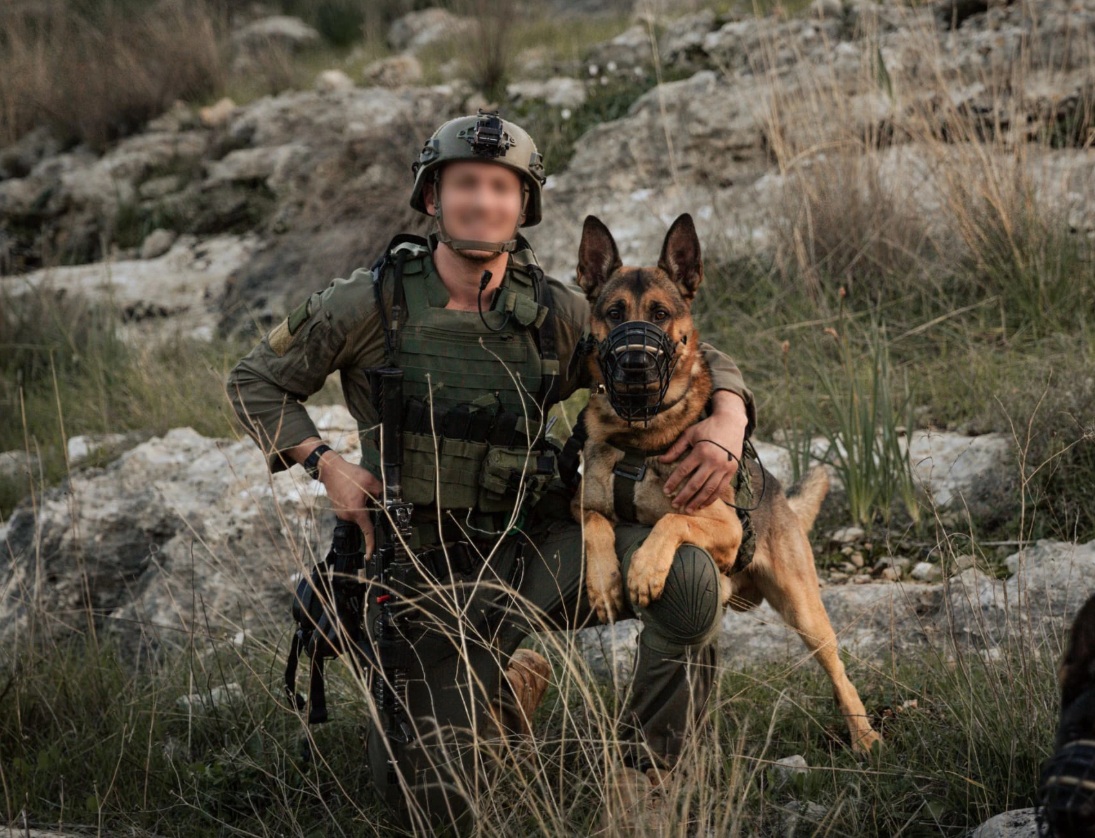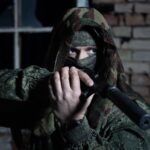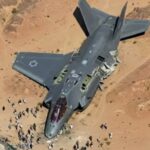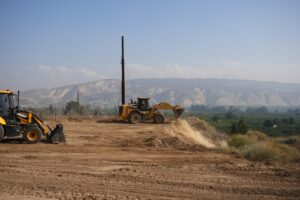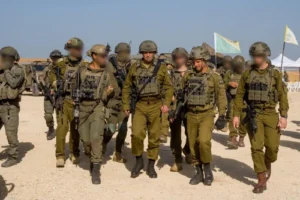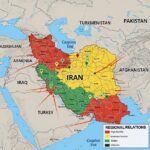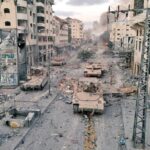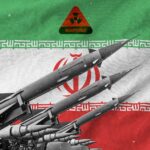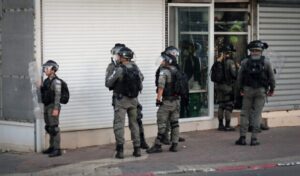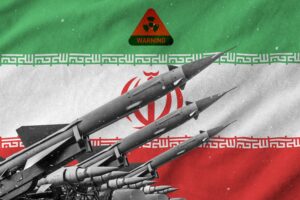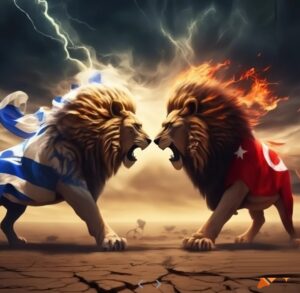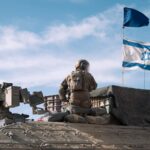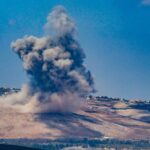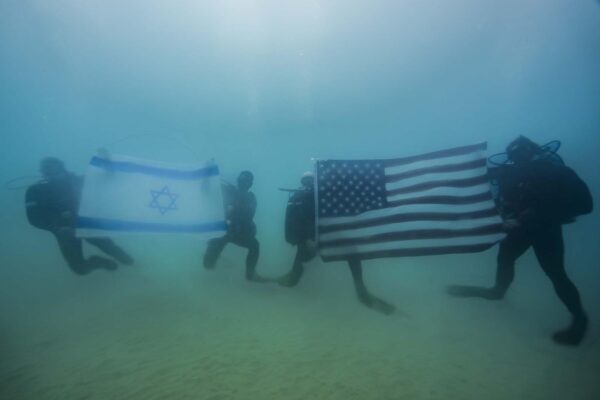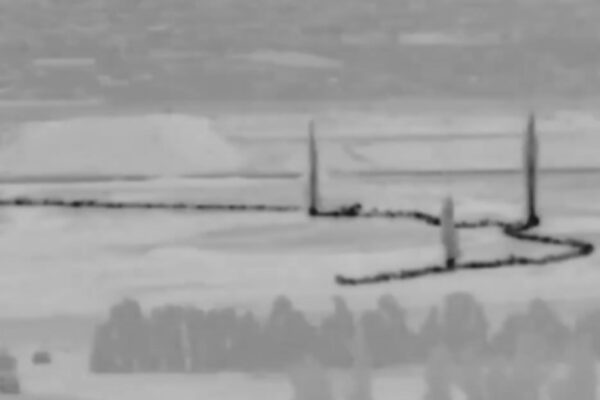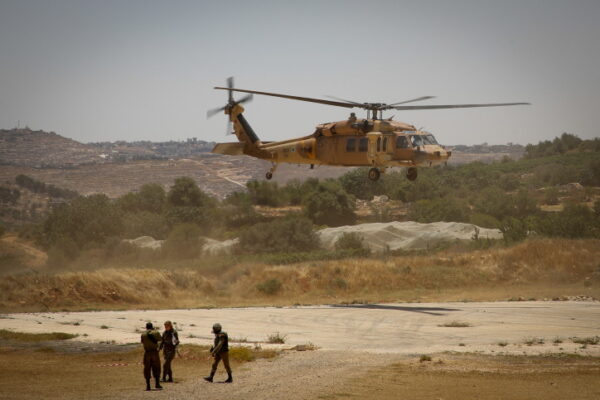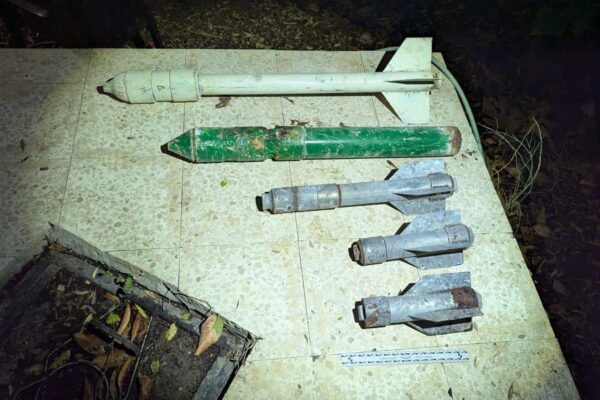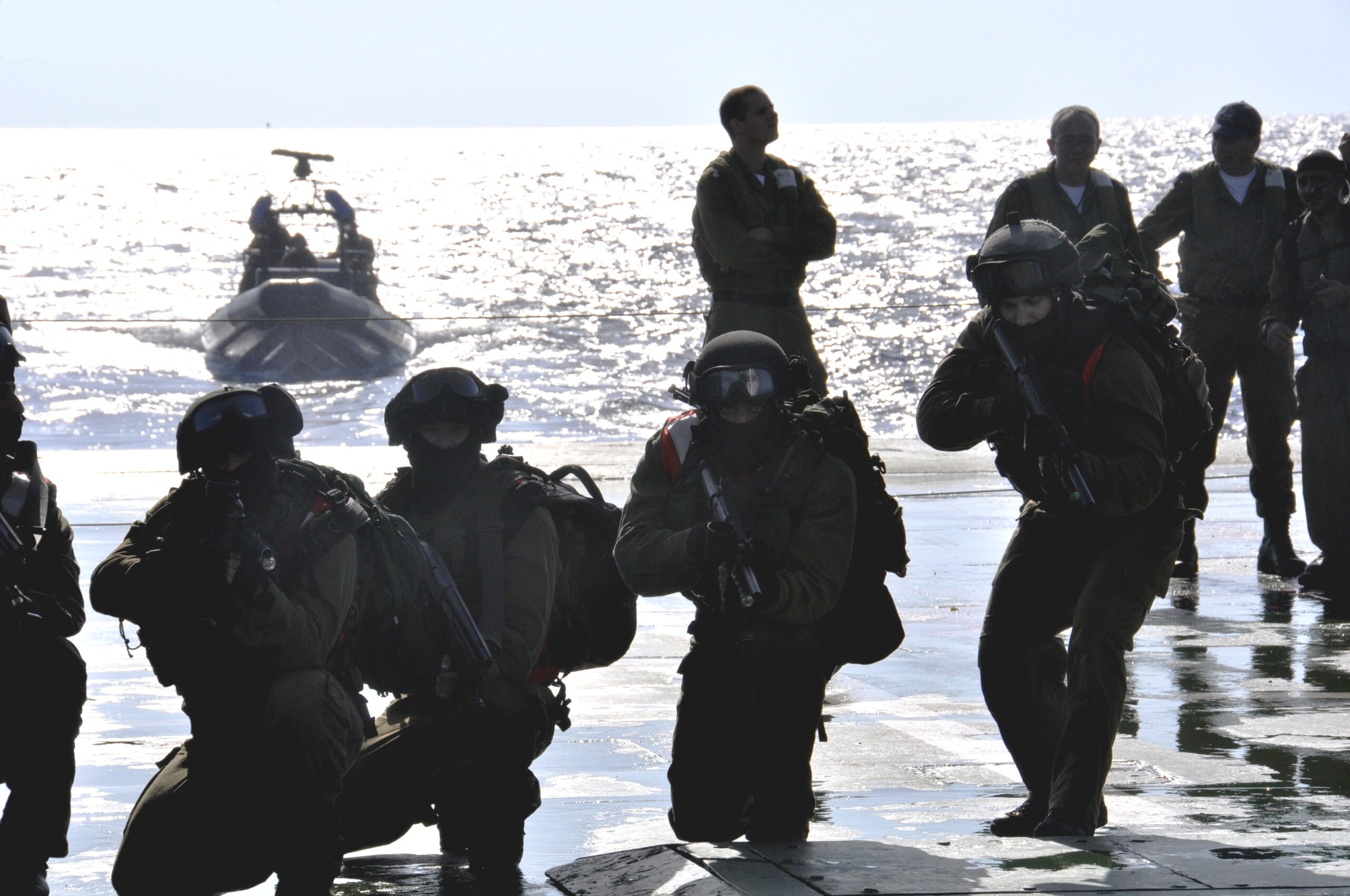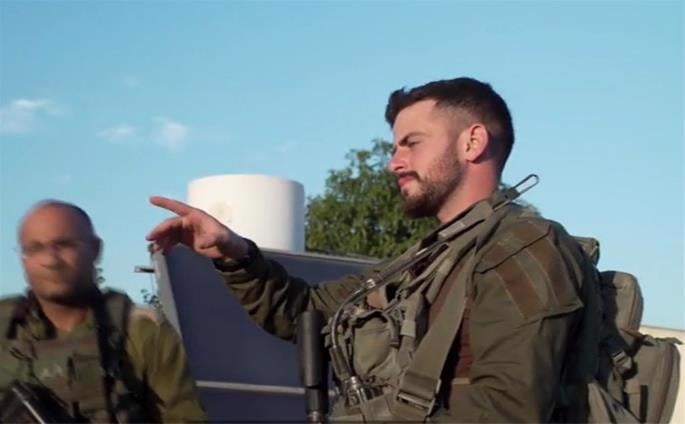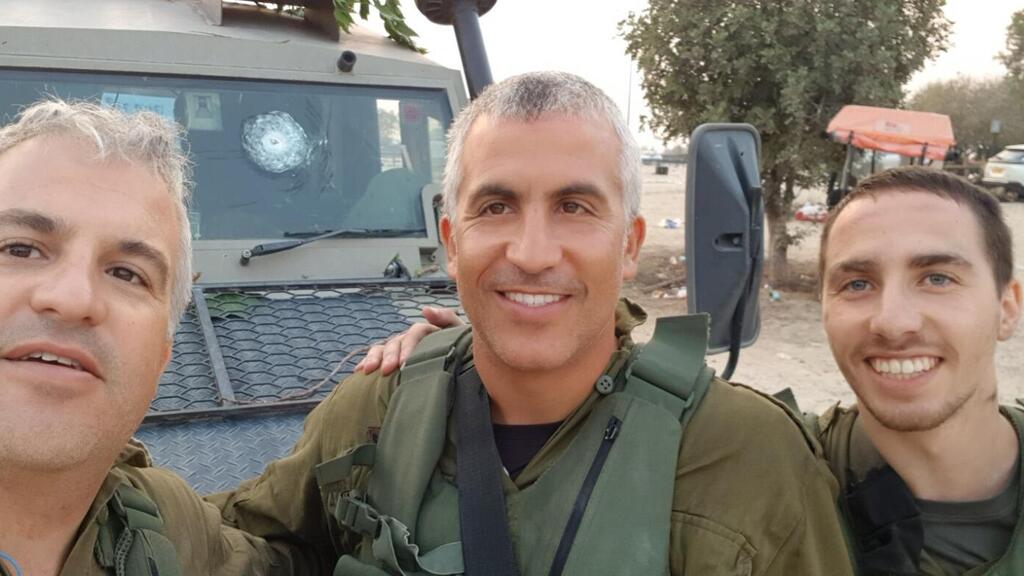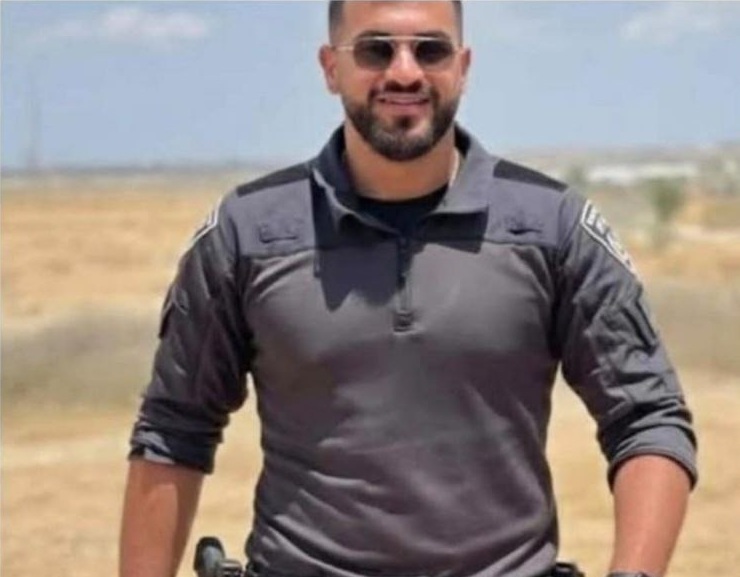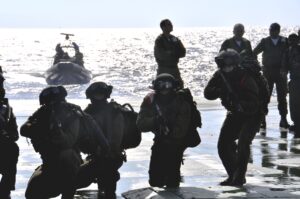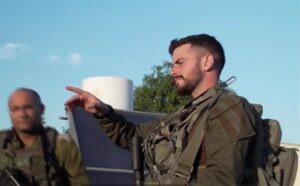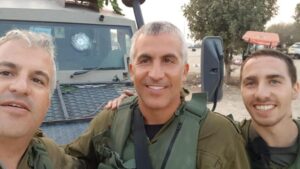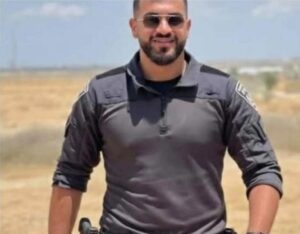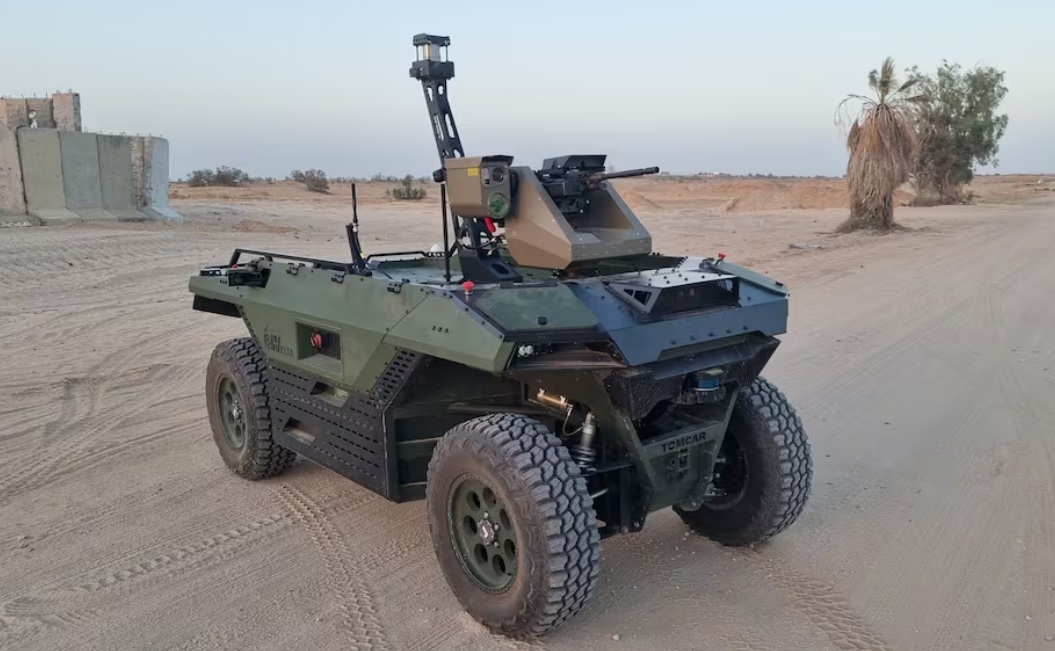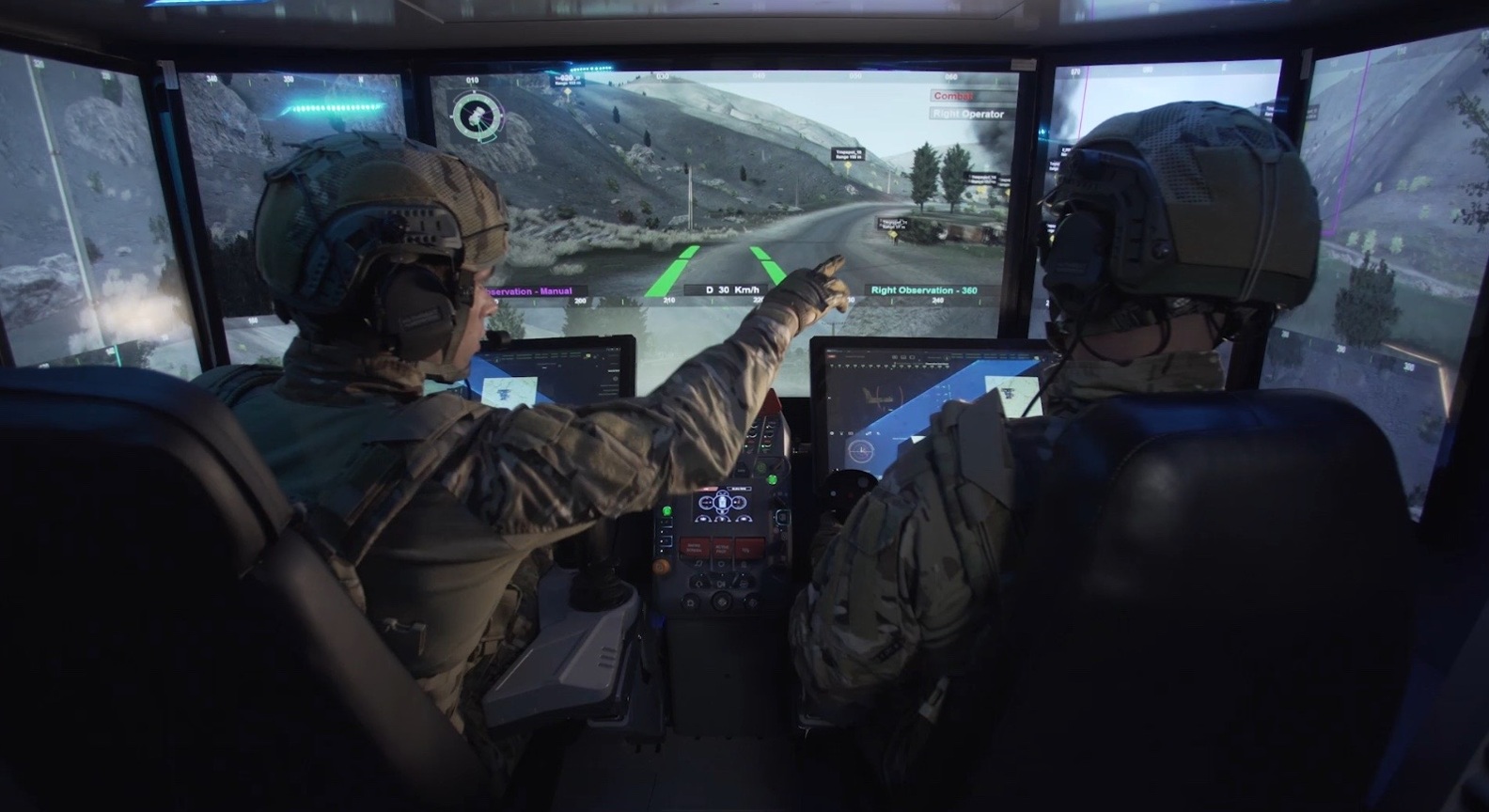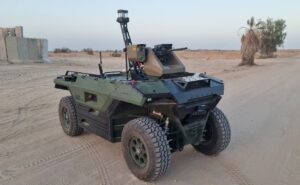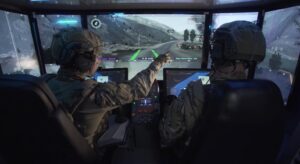29 Oketz dogs had been killed in action.
By Hezy Laing
Oketz is the elite canine special forces division of the IDF.
Founded in 1974, Oketz has become indispensable to Israel’s military operations, particularly in counterterrorism, urban warfare, and search and rescue.
Based at Camp Sirkin, the unit trains dogs for highly specialized roles including attack, explosives detection, tracking, and locating survivors in disaster zones.
Each soldier is paired with a single dog during the early stages of training, forming a deep bond that is crucial for trust and coordination in combat.
This bond is cultivated through daily interaction, joint exercises, and living side by side, ensuring the dog responds not just to commands but to the handler’s tone, body language, and emotional state.
The dogs—primarily Belgian Malinois, with some German Shepherds and Labradors—are selected at around one year of age to balance maturity with trainability.
Their training lasts up to two years and is tailored to specific roles such as attack, explosives detection, or search and rescue.
Throughout this process, the emphasis is placed on the emotional and psychological link between dog and handler.
This connection is vital in high-stress environments like Gaza, where dogs are deployed to scout tunnels, detect booby traps, and clear buildings.
In these moments, the handler must trust the dog’s instincts implicitly, and the dog must feel secure enough to perform under extreme pressure.
The need for such a unit stems from the unique capabilities dogs bring to the battlefield.
Their sense of smell is exponentially more sensitive than that of humans, allowing them to detect hidden explosives, weapons, and even tunnels.
In urban combat, dogs can move swiftly through tight spaces, flush out enemies, and neutralize threats with precision.
Their silent operation and ability to respond to subtle hand signals make them ideal for stealth missions.
Beyond their physical abilities, dogs also have a psychological impact—intimidating enemy forces and often prompting surrender without conflict.
In search and rescue scenarios, they can locate survivors in rubble or terrain where humans and machines might fail.
For the IDF, operating in diverse environments from deserts to dense urban zones, these dogs are a force multiplier—performing tasks that would otherwise require multiple soldiers or expensive equipment.
During the Gaza War, especially in Operation Swords of Iron following the October 7 Hamas attacks, Oketz played a critical role.
Gaza’s extensive tunnel networks posed a major threat, and Oketz dogs were deployed to scout entrances, detect booby traps, and locate hidden fighters.
In urban combat, they cleared buildings, tracked militants, and identified improvised explosive devices (IEDs), often saving lives.
Tragically, by mid-July 2024, 29 Oketz dogs had been killed in action, with nine unrecovered from Gaza.
Handlers often describe their dogs as not just partners but as extensions of themselves.
The emotional toll of losing a dog in combat is immense, and the IDF recognizes this by holding memorials for fallen canines, acknowledging their sacrifice alongside human soldiers.


